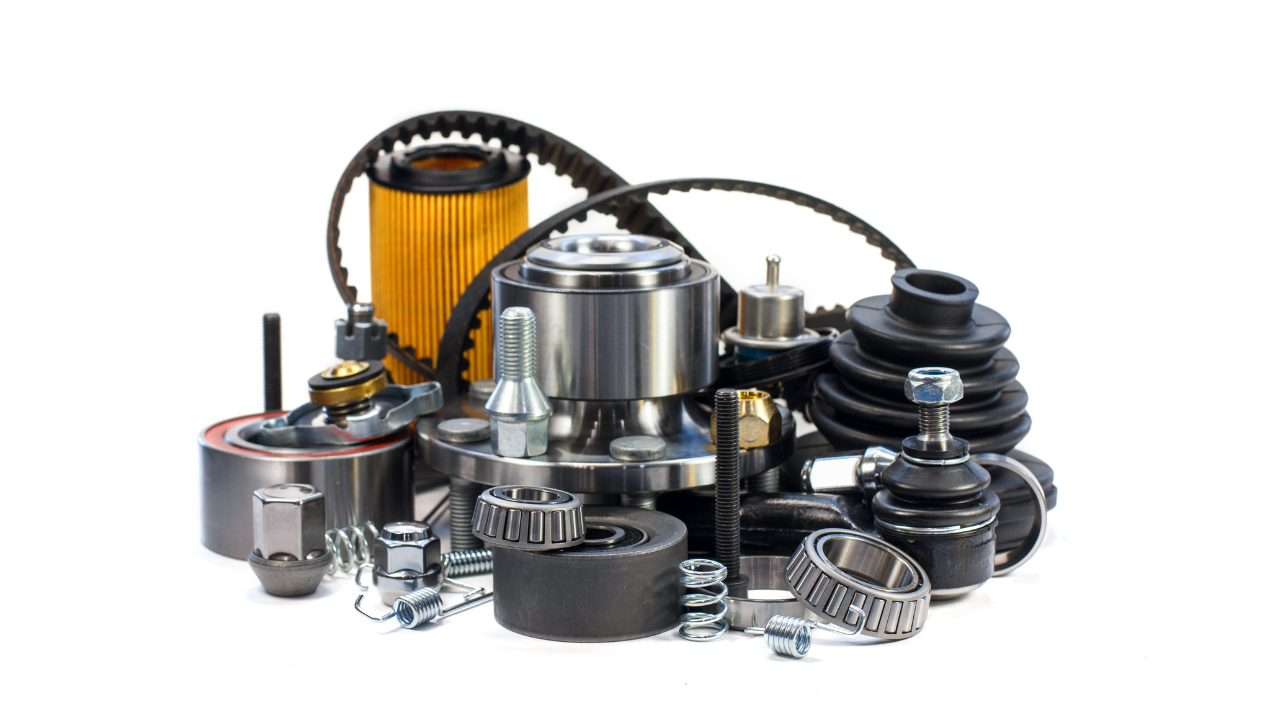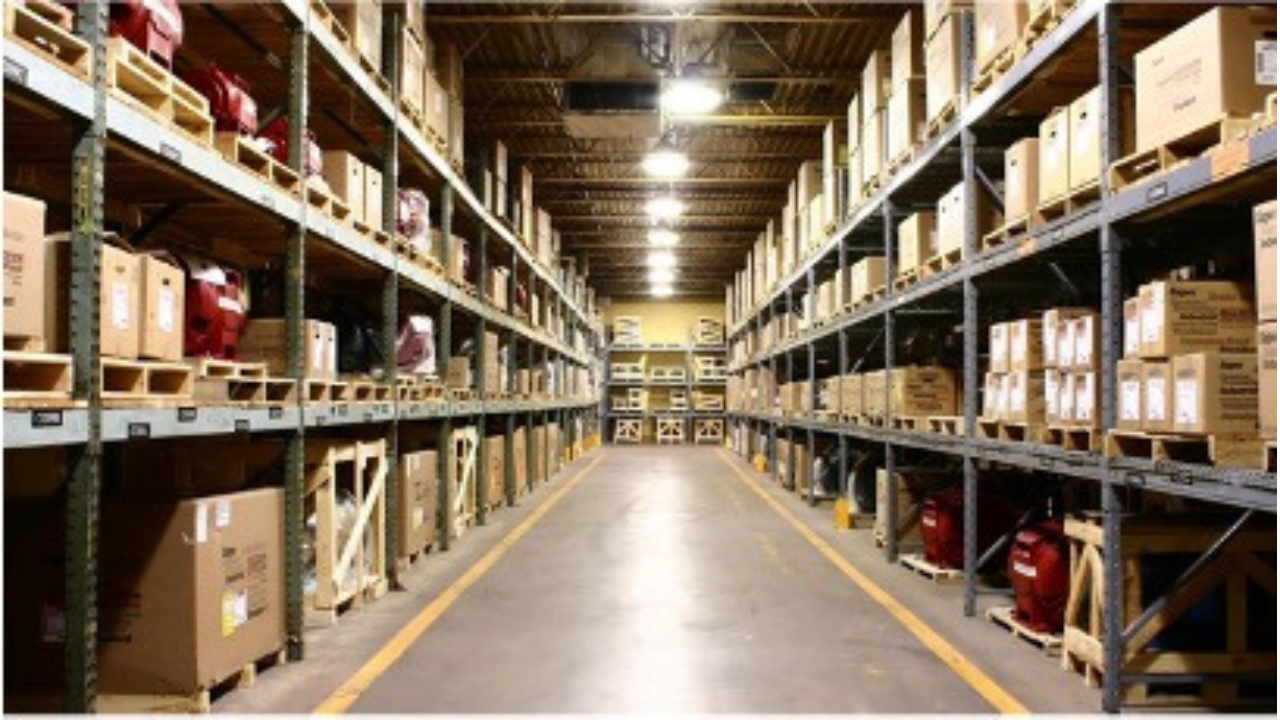Improve Your Year End Inventory Results
Justin Goethe, Allied Logistics, LLC
Posted 12/22/2022
Year End Inventory
In a time where no one can agree on anything, it’s nice that at least those of us who make our living making things can be united on one thing: we all share a deep and abiding hatred for the annual year end inventory.

You want me to forever question your moral compass?
Tell me you don’t mind doing year end inventory.
Tell me that the thought of 12-hour days endlessly counting and re-counting doesn’t send a cold shiver down your spine, and I’ll show you a person who has lost all ability to tell the truth, even to themselves!
Nobody likes doing inventory. From the people doing the counts to the accounting group tasked with pulling the reports and reconciling the results to the management team that knows there will be a reckoning – as there is every year – once the final, disastrous results are tallied, everybody views the days set aside for inventory with a shared sense of dread!
But, there is good news!
While the year end inventory will likely never be looked upon with a smile by those of us tasked with its execution, it doesn’t have to be the Armageddon-style doomsday scenario that we have all come to know.
By developing a culture steeped in lean with an almost religious zeal for working according to standards, year end inventory can come to be seen as an opportunity to assess your material handling weak spots instead of a giant microscope highlighting your complete lack of process control.
Here are a few suggestions for putting your company on the road to competent inventory control.
Develop a Plan For Every Part
A Plan for Every Part (PFEP) is the baseline for understanding how each component is to be handled once it arrives at your facility. It should answer questions like:
- What is the supplier’s standard packaging configuration?
- Are they shipped in returnable or expendable packaging?
- Do they need to be repacked? If so, how should this be done?
- Where should the parts be staged for delivery to production?
- Which production area should they be delivered to? How often are they delivered?
By taking the time to define these important characteristics up front, you provide a standard for warehouse associates to execute and for leadership to compare against.
Without a PFEP, warehouse personnel are left to make it up as they go and the production teams can only hope they get the parts on time.
As you can well imagine, this often results in line operators coming into the warehouse to retrieve their own parts (and who can blame them?), often without telling anyone or performing the necessary WMS inventory transactions.
Operate like this for a year and it’s easy to see why the year end inventory results are so atrocious.
Develop Material Handling Standards and Train Folks to Them
How are new warehouse associates trained at your plant?
If your facility is like a lot of others, new associates are told, “Go stand next to Ralph. Ralph will train you to work in receiving!”
What are Ralph’s qualifications to train new, would-be receivers you ask? Well, he’s worked in receiving for the last 16 months. What else do you want to know?
As it turns out, not much.
Too many warehouse managers are more than comfortable using the “stand by Ralph” method for training, and why shouldn’t they be? If the new associate makes a mistake and incorrectly processes an inbound delivery, they can always blame it on the associates’ shortcomings instead of having to shoulder the blame themselves for an inadequate or, worse yet, non-existent written standard.
And this type of “training program” causes more problems than just some lost inventory. It also leads to high associate turnover.
No one likes working in an unproductive, chaotic environment without the necessary tools and skills to do the job. And managing this type of process is not much better. After all, the warehouse manager is the one having to explain to senior leadership why they have allowed thousands or sometimes millions of dollars in material to be lost and written off on their watch.
And who ends up footing the bill for such poor process development? The customer, of course!
To avoid this pain and almost certain loss of profits, take the time upfront to document how the process should work and then train the associates to the new written standard. Have them sign-off that they understand the process and sign-off again any time that there are changes.
And this brings me to my next point…
Trust, but Verify!!
It’s great that you have taken the time to develop a PFEP and to correctly document each of your processes, but how do you know that associates are following the processes that you have painstakingly written?
You don’t!
Unless you have implemented a system for regularly auditing your standards, you don’t really know that they are being followed as designed. You must make the time to watch your team execute the process.
Are they performing the standard exactly as written? No? Why not?
Has something changed in the process? Is there a variable that you failed to notice or capture?
The shopfloor is constantly changing, and to maintain accurate and adequate standards you must update them accordingly. If you don’t, then you no longer have a standard. You have a piece of paper that represents how they used to do it or how you wished they did it.
Conclusion
If you want this year’s annual inventory to be different from the last dozen, then it’s important to develop a plan for how material should be handled inside your facility. Next, you must train the team to execute the plan and check to make sure they are executing it correctly. If you notice deviations, take action! Update the standard or retrain the associate.
Do this consistently and you will begin to reduce the amount of variation in the process which will in turn give you consistent results, i.e. more accurate inventories.
Don’t misunderstand me, starting this from nothing is a TON of work, but it will pay dividends down the road. And if you’re unsure where to start or how to implement the processes and audits we’ve discussed, give us a call. We would love the opportunity to help you and your team establish a culture of standardization and continuous improvement at your company!
Justin Goethe is the President of Allied Logistics: a lean-logistics consulting firm with traditional 3PL capabilities. He has experience implementing initiatives such as milkruns, Kanban loops, supermarkets, RFID, business analytics, Nexeed Transport Management, and AGVs. He has also managed the installation and validation of ~$115 million in highly automated material handling equipment.
Related Articles

"Lean" on your Maintenance Materials

Managing Spare Parts

Barcode-Driven Tracking System Coordinates Toolrooms

Sorting Out Flexible Couplings

RFID: Is It the Right Solution for your Problem?




